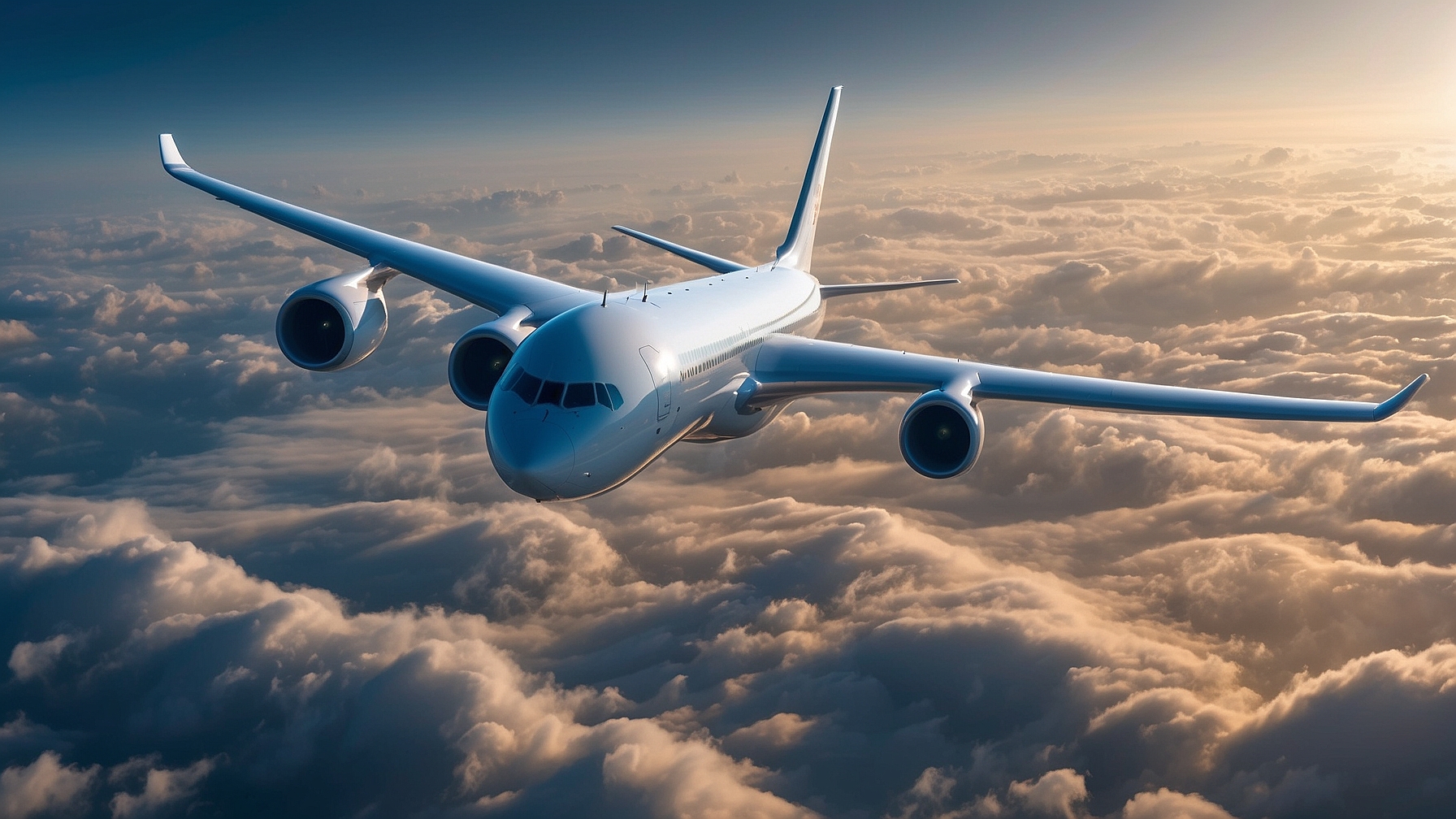Dr. Rob Unleashes New AI to Catastrophically Shorten Aircraft Design Time—A Sky Full of Questionable Decisions Awaits
In what can only be described as a monumental win for efficiency and potentially fatal oversight, UK startup PhysicsX, fronted by former Formula 1 For Dummies author Robin “Dr. Rob” Tuluie, has introduced an AI that promises to slice aircraft design time from a long, meticulous process into a speedrun challenge for budding engineers. This new tool, cleverly christened LGM-Aero, is said to whip up airplane designs in the time it takes most people to binge-watch a mediocre Netflix series.
Using algorithms trained on a mere 25 million geometries—because apparently aerodynamics can be as casual and instinctual as matchmaking on a dating app—LGM-Aero audaciously predicts complex variables like lift, drag, and whether your in-flight meal should be fish or chicken. The innovative software then slaps together a design based solely on your specified requirements, like whether you’re looking to charter a relaxing flight or find a new way to terrorize unsuspecting clouds.
“This is a game-changer,” announced a wide-eyed intern at PhysicsX who wished to remain anonymous. “Now, instead of consulting aerodynamics experts or testing countless prototypes, we can just close our eyes and let the AI take the wheel—or, you know, the wings.”
Critics have raised eyebrows and some serious existential dread about the over-reliance on AI for something that literally keeps human beings suspended tens of thousands of feet in the air. “It’s like trusting a toddler to build a bridge—but faster!” exclaimed Horatio Anxious, a spokesperson for Concerned Citizens for Peaceful Landings.
And while aviation experts clutch their clipboards nervously, Dr. Rob is unperturbed. “The world didn’t end when I used these algorithms in Formula 1, and I’m pretty sure planes are just like fast cars with wings, right?” he joked, probably.
PhysicsX heralds this AI as the first-ever Large Geometry Model for aerospace engineering, though skeptics suggest it might also be the world’s first accidental flying saucer factory. Nevertheless, the company remains optimistic, leveraging the universal truth that what doesn’t immediately crash and burn will probably get better over time.





